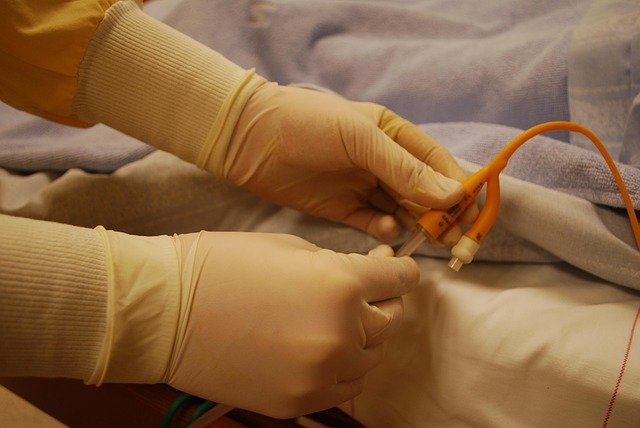Weight Loss Balloon: What to Know About the Stomach Procedure
A weight loss balloon is a temporary, non-surgical tool used to help reduce calorie intake while a person follows dietary and behavioral programs. The device is introduced into the stomach to create a sense of fullness, which can support short-term weight loss goals when combined with lifestyle changes and medical oversight.

This article is for informational purposes only and should not be considered medical advice. Please consult a qualified healthcare professional for personalized guidance and treatment.
What is a weight loss balloon?
A weight loss balloon (also called an intragastric balloon) is a soft, silicone device placed in the stomach to occupy space and reduce the volume available for food. It is designed as an adjunct to diet, exercise, and counseling, not as a standalone cure. Balloons can be filled with saline or gas and are typically left in place for a defined period—commonly six months—after which they are removed in a controlled medical setting. Different balloon models and fill volumes aim to balance tolerability and effectiveness.
How does the balloon sit in the stomach?
The balloon is introduced into the stomach either endoscopically or, in some older systems, swallowed as a capsule and then inflated. During an endoscopic placement, a clinician guides a deflated balloon through the esophagus into the stomach and inflates it with sterile saline or gas under sedation. Once inflated, the device rests in the stomach fundus and body, contributing to earlier satiety during meals. Placement and removal are medical procedures performed in a clinic or hospital, and patients are monitored for immediate complications like nausea, vomiting, or, rarely, more serious issues.
Who is a candidate for this medical procedure?
Candidates for a weight loss balloon are typically adults with obesity or overweight who have been unsuccessful with conservative measures and who prefer a less invasive option than bariatric surgery. Eligibility often depends on body mass index (BMI), medical history, and the presence of obesity-related conditions such as diabetes or hypertension. Clinicians will screen for contraindications including prior stomach surgery, large hiatal hernia, or certain psychiatric conditions. A multidisciplinary approach—medical, nutritional, and psychological assessments—is standard to determine suitability and to plan follow-up care with local services or specialists in your area.
What happens during the procedure and recovery?
The procedure generally involves brief sedation for endoscopic placement and may take 20–30 minutes. After the balloon is inflated, patients are observed for a few hours to manage nausea and pain. Early post-placement symptoms commonly include nausea, vomiting, reflux, and abdominal discomfort; these usually improve over days to weeks with medications and dietary adjustments. Recovery focuses on a staged nutrition plan progressing from liquids to purees to solid foods, combined with behavioral support. Regular follow-up visits assess weight loss progress, nutritional status, and any device-related problems.
Effectiveness, risks, and follow-up care
Clinical studies show variable weight loss outcomes; many patients lose a clinically meaningful amount of weight during the balloon period, but long-term success depends on sustained lifestyle changes and ongoing support. Risks include persistent nausea, balloon deflation and migration (rare), gastric ulceration, or, in very uncommon cases, bowel obstruction. Because the balloon is temporary, coordinated aftercare is critical: structured nutritional counseling, physical activity planning, and psychological support improve the chances of maintaining weight reduction after removal. Discuss expected outcomes and monitoring protocols with your medical provider before deciding.
Conclusion
A weight loss balloon is a temporary, medically supervised option that can assist with calorie reduction and support behavioral weight-loss programs. It involves a medical procedure for placement and removal and requires careful candidate selection, follow-up care, and commitment to lifestyle change. Individuals considering this approach should review potential benefits and risks with qualified clinicians, explore local services for multidisciplinary support, and plan for long-term maintenance strategies after the device is removed.






